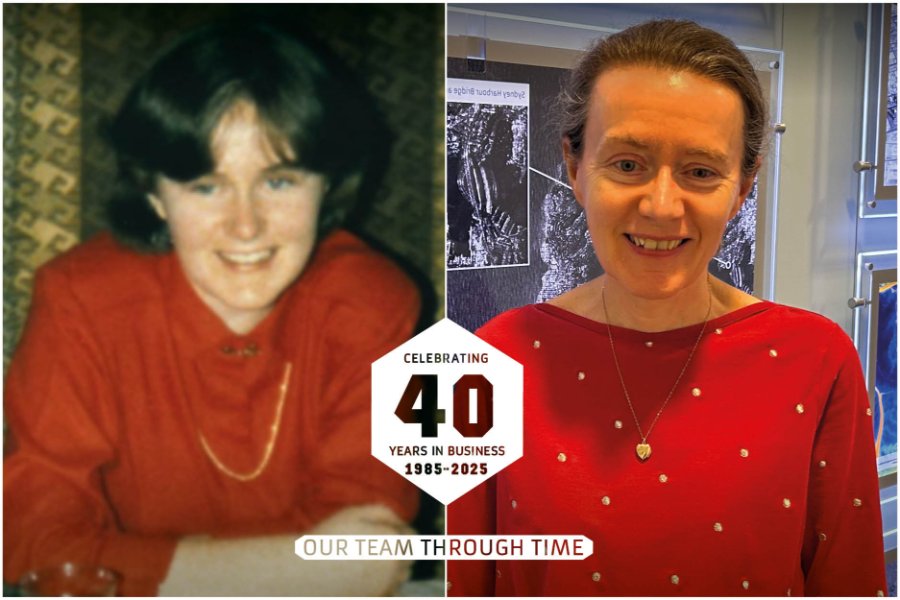
Elizabeth was born and brought up in Ayrshire, southwest Scotland. In 1985, she was still at school preparing for her Highers, later earning a First-Class BSc in Combined Maths & Physics and a PhD in Theoretical Plasma Physics from the University of Glasgow.
Her career began in 1995 at Signal Computing Ltd, analysing Global Navigation Satellite System (GNSS) data. She joined SSTL in 2002 — originally on a three-week contract — and never left. Elizabeth played a pivotal role on GIOVE-A, Europe’s first in-orbit demonstrator for the Galileo navigation system and a key mission in SSTL’s history. As payload manager and later in-orbit test manager, she worked closely with ESA and partners at Chilbolton to commission and test the navigation payload, while also coordinating joint analysis with ESA on radiation monitoring experiments that delivered the first in-situ data from medium Earth orbit. These results proved invaluable in shaping the full Galileo constellation.
Following GIOVE-A, Elizabeth was engineering lead for SSTL’s successful bid with OHB to supply the first batch of Galileo navigation payloads, later managing in-orbit test campaigns for the first several Galileo launches. She has also contributed to ESA navigation studies, from early low Earth orbit infrastructure concepts to payload design for the Moonlight Lunar Communications & Navigation System. Elizabeth’s current role is within the SSTL team designing the communication satellite for ESA’s Moonlight programme, coordinating activities between SSTL’s engineering team and their counterparts within the UK consortium responsible for the end-to-end communications service.
Reflecting on her journey, Elizabeth says:
“When I applied for my first job, I didn’t even know what GPS was. At that time, the only operational systems were GPS and the still-incomplete GLONASS. Today there are four global navigation satellite systems — GPS, GLONASS, Galileo, and BeiDou — plus multiple regional and augmentation systems, giving users far greater accuracy and even authentication. Back then, receivers were bulky racks of equipment; now they’re in millions of phones and smartwatches worldwide. Knowing that our Galileo satellites are relied upon daily by millions brings me a huge sense of achievement. I often encourage the team to pause and reflect on just how much we’ve accomplished together.”
From analysing GNSS data, to building receivers, to delivering payloads broadcasting signals that guide millions every day — Elizabeth’s career embodies SSTL’s spirit of innovation and teamwork.
A true inspiration, and a perfect example of our Team Through Time.